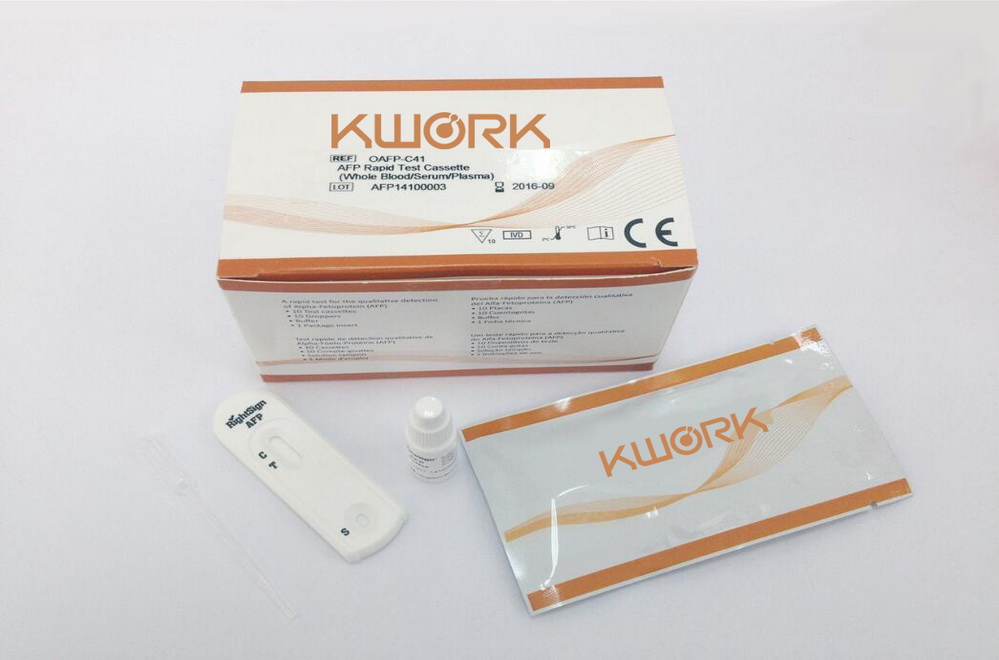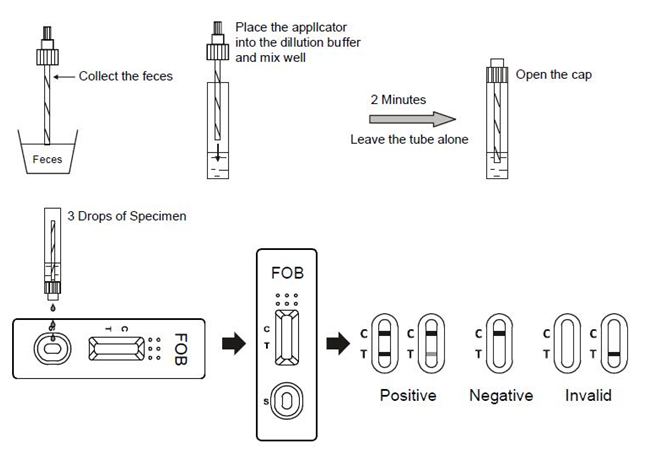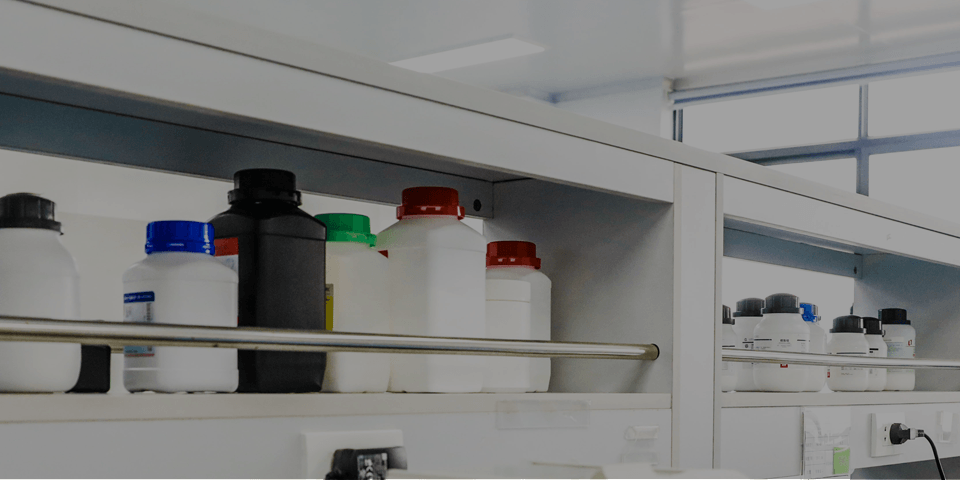
【SUMMARY】
Many diseases can cause hidden blood in the feces. This is also known as Fecal
Occult Blood (FOB), Human Occult Blood, or Human Hemoglobin. In the early
stages, gastrointestinal problems such as colon cancer, ulcers, polyps,
colitis, diverticulitis, and fissures may not show any visible symptoms, only
occult blood. Traditional guaiac-based methods lack sensitivity and
specificity, and also have diet restrictions prior to testing. The FOB Rapid
Test Cassette (Feces) is a rapid test to qualitatively detect low levels of
Fecal Occult Blood. The test uses a double antibody sandwich assay to
selectively detect Fecal Occult Blood at 100ng/ml or higher, or 10μg/g feces.
In addition, unlike guaiac assays, the accuracy of the test is not affected by
the diet of the patients.
【DIRECTIONS
FOR USE】
Allow the test, specimen, buffer and/or controls to reach room
temperature (15-30°C) prior to testing.
1. To collect fecal specimens:
Collect feces in a clean, dry specimen collection container. Best results will
be obtained if the assay is performed within 6 hours after collection. Specimen
collected may be stored for 3 days at 2-8°C if not tested within 6 hours.
2. To process fecal specimens:
Unscrew the cap of the specimen collection tube,then randomly stab the specimen
collection applicator into the fecal specimen in at least 3 different sites. Do
not scoop the fecal specimen.
Screw on and tighten the cap onto the specimen collection tube, then shake the
specimen collection tube vigorously to mix the specimen and the extraction
buffer. Specimens prepared in the specimen collection tube may be stored for 6
months at -20°C if not tested within 1 hour after preparation.
3. Bring the pouch to room temperature before opening it. Remove the test
cassette from the foil pouch and use it as soon as possible. Best results will
be obtained if the test is performed immediately after opening the foil pouch.
4. Hold the specimen collection tube upright and open the cap onto the specimen
collection tube. Invert the specimen collection tube and transfer 3 full drops
of the extracted specimen (approximately 120μL) to the specimen well (S) of the
test cassette, then start the timer. Avoid trapping air bubbles in the specimen
well (S). See illustration below.
5. Read results at 5 minutes. Do not read results after 10 minutes.




